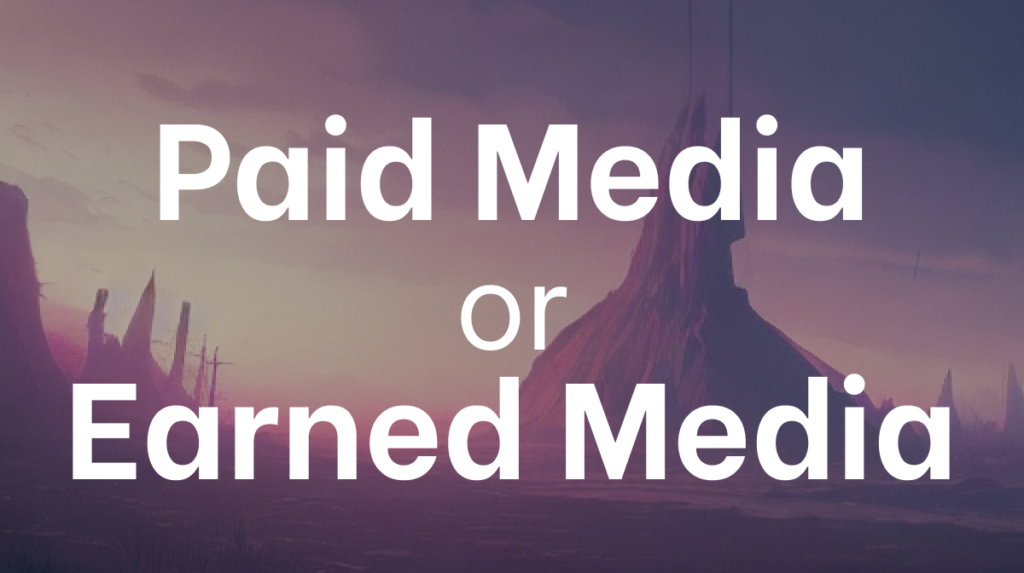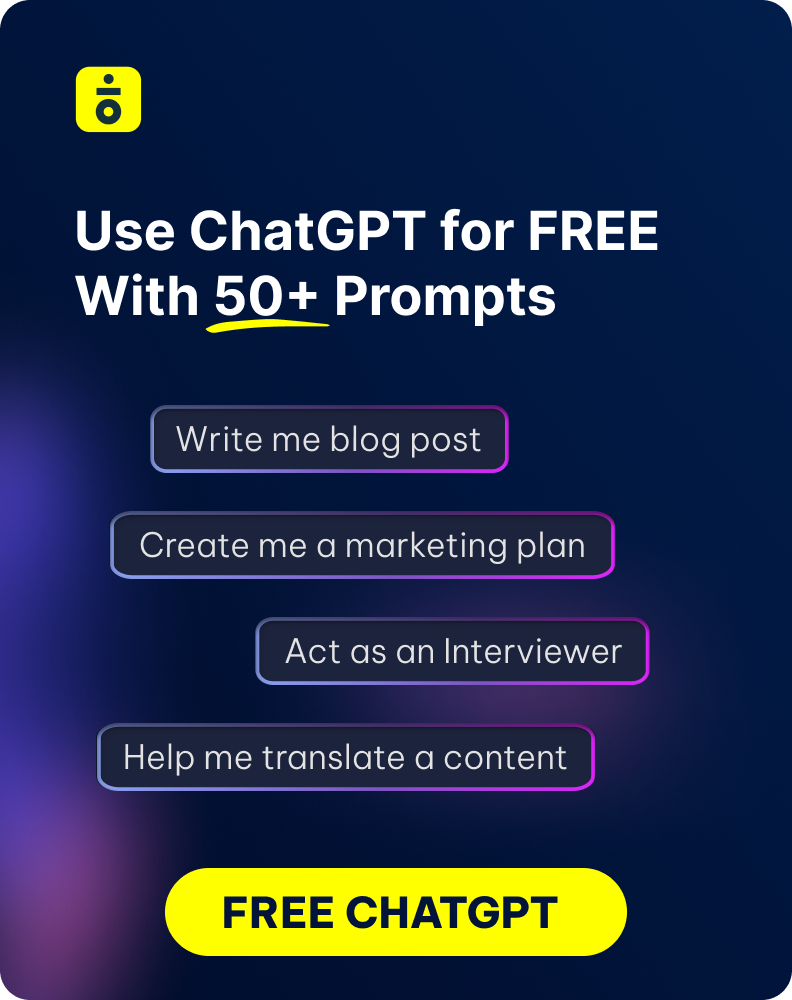Do you want to know the differences between paid media and earned media strategies? Are you curious to learn more about which one is right for your marketing goals?
Whether you’re a seasoned marketer or just starting out, understanding the differences between paid and earned media strategies can help you determine which one is best for achieving your business goals.
Paid media involves using funds to purchase advertising or other campaigns in order to reach potential customers. On the other hand, earned media involves using relationships and content to cultivate customer relationships and drive customer engagement.
In this article, we’ll take a closer look at the differences between paid and earned media strategies and provide tips on how to use each one effectively. We’ll also discuss why it’s important to have both types of campaigns in place in order to maximize your marketing efforts.
What Is Paid Media?
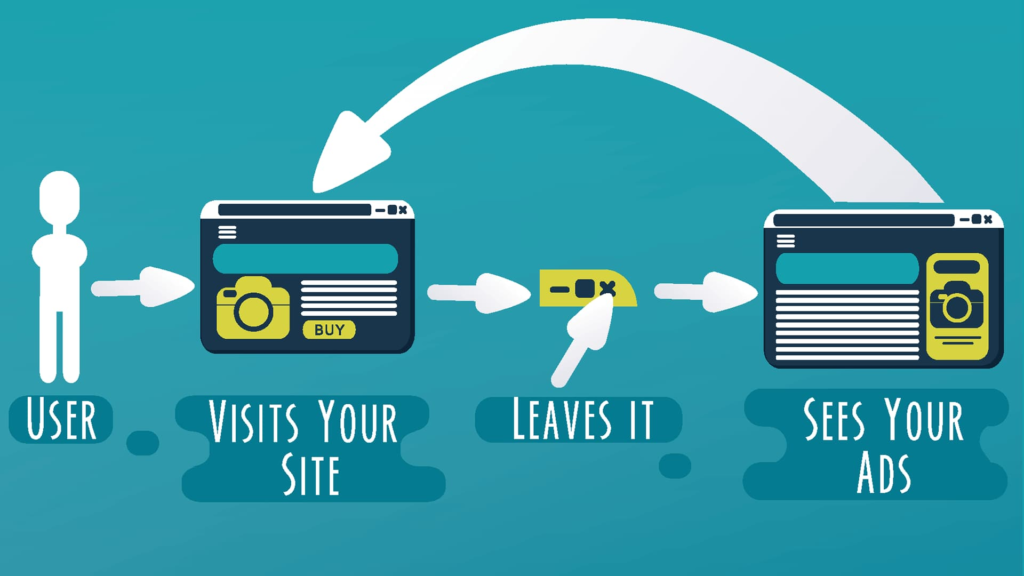
Paid media is any form of promotion or advertisement that requires payment in return for a product or service. Examples of paid media include paid search, display ads, sponsored social posts, and sponsored blog posts.
Paid media campaigns can be helpful for businesses that need an immediate boost in visibility and traffic. The main advantage is that it allows you to control the messaging and target specific audiences based on their interests. You can also add focus to a particular geographic area where you want to make a bigger impact.
Paid media campaigns tend to have higher conversion rates compared to earned media strategies because they’re more targeted and better tailored to fit the interests of the audience. They can be especially effective at driving conversions if they’re part of an ongoing campaign with A/B testing and optimization over time.
What Is Earned Media?
Earned media consists of any type of publicity gained through unpaid channels, like when a customer or influencer shares your product or content on their own social media page. It is also often referred to as “word-of-mouth” advertising or referral marketing.
The power of earned media lies in its ability to reach people where they are already engaging and become part of their conversations. It also gives your brand further credibility since it’s coming from an unbiased, third party source. This is something that paid media simply can’t do – because it relies on paying for ads, it tends to be more one-dimensional and doesn’t inspire the same level of trust as earned media.
In order to maximize the effect of earned media, businesses typically employ a mix of tactics such as influencer marketing campaigns, social media outreach, content creation, and public relations efforts. By using these strategies together, businesses can nurture relationships with key stakeholders in their industry and effectively spread the word about their products or services.
Advantages and Disadvantages of Paid Media
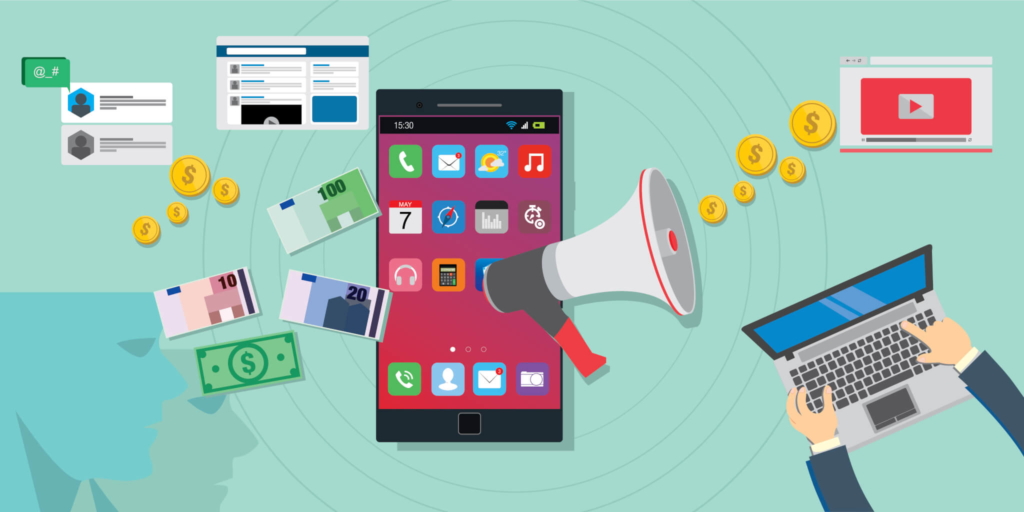
When it comes to paid media, there are both advantages and disadvantages to consider.
Advantages
The primary benefit of paid media is its ability to reach a large audience quickly and relatively cheaply. Paid media campaigns can be tailored and controlled, with targeting based on demographic factors, interests or location. This can help ensure the right message reaches the right people. Paid media also allows brands to control the frequency of their advertisements, which can help increase brand recognition and reach a greater number of potential customers.
Disadvantages
One potential drawback of paid media is its lack of organic reach compared to earned media, as it can be difficult for brands to cut through the noise when competing against other advertisers. Additionally, campaigns require constant testing and optimization in order to ensure they remain effective over time and that they’re reaching the right audience at the right time. Finally, paid media campaigns tend to be more expensive than earned media campaigns in the long run, as you’ll need to continue investing in order for them to be successful.
Advantages and Disadvantages of Earned Media
Earned media is one of the most effective ways to boost the visibility of your business, but it also comes with some drawbacks. It can be difficult to control the narrative and steer it in the direction you want, since users aren’t being directed by a paid campaign.
Advantages of Earned Media:
- Low to no cost associated with earned media
- Can reach wider audience than paid media
- Links and mentions can increase credibility
- Allows businesses to build relationships with customers
Disadvantages of Earned Media:
- Difficult to measure impact of earned media
- Potential for negative comments or reviews from customers
- Takes time to build an audience on social channels or other platforms
- Requires creative content that resonates with target audience
Strategies for Leveraging Both Forms of Media
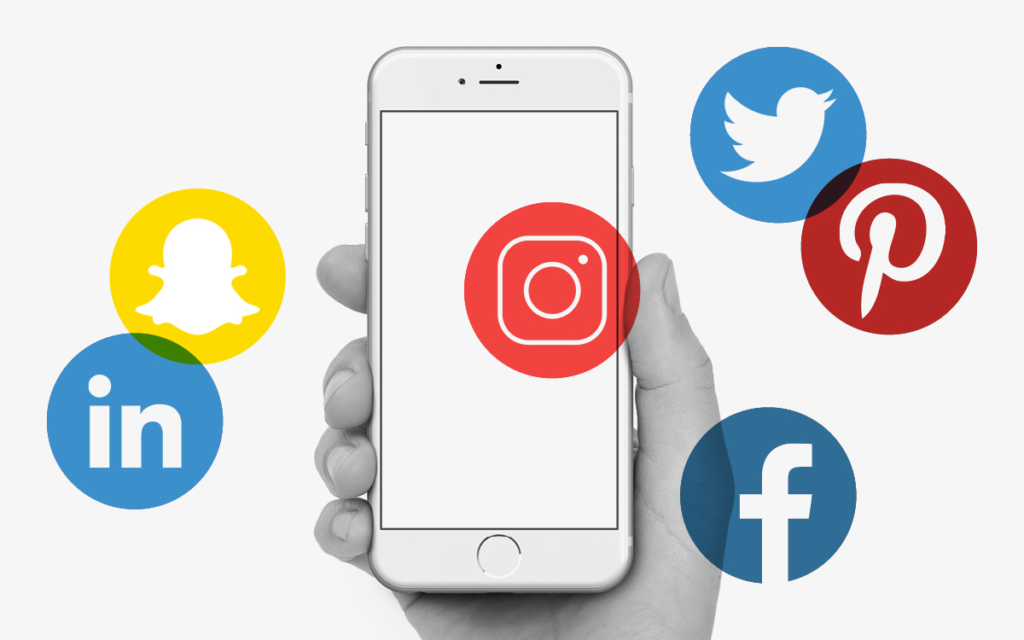
Both paid and earned media have their advantages, and developing an effective strategy for your business will require leveraging both. To make the most of both paid and earned media, here are a few tips:
Focus on Quality Content
Regardless of whether you’re using paid or earned media, the goal should always be to create quality content that is engaging and informative. Investing in a professional copywriter or content strategist can help ensure that your content is optimized for maximum engagement.
Monitor Your Results
Keeping track of your results is key when it comes to analyzing the success of any campaign. Keep track of metrics such as website visits, clicks, likes, shares, conversions and more to gain insights into how each type of media are performing. Use these insights to adjust your strategy as needed.
Don’t Overlook Offline Media
Paid and earned media don’t always have to rely on technology; there are plenty of offline options available as well. Think billboards, radio spots or newspaper ads – these can be great ways to reach a larger audience with your message but still keep it cost-effective compared to online advertising campaigns.
Measuring the Impact of Both Paid and Earned Media
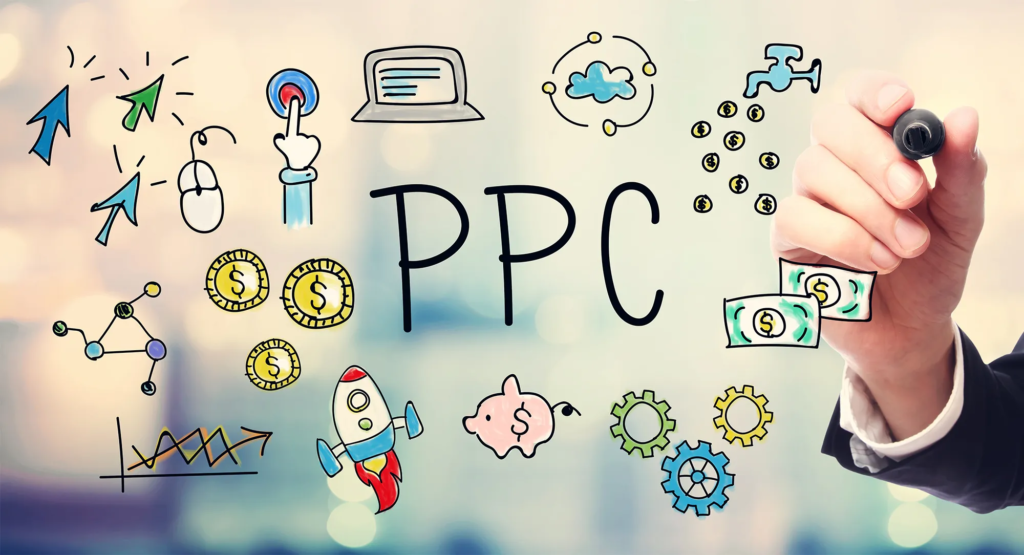
Whether you’re running a paid media campaign or an earned media campaign, it’s important to measure the impact of your efforts. By using analytics and tracking tools such as Google Analytics and other platforms, you can see which posts are generating the most engagement and if they are actually driving conversions.
The great thing about measuring the impact of both paid and earned media is that you can measure different metrics for each strategy. For instance, with paid media, you may want to track the click-through rate of an ad or the number of impressions it received. With earned media, you may want to track how many people engaged with your content (likes, comments, shares) or how many people visited your website as a result of that piece of content.
Tracking is an essential part of any successful media campaign – by understanding which channels work best for particular objectives, you can better tailor future campaigns to achieve your desired results.
Conclusion
To conclude, the differences between paid and earned media strategies are crucial to understand. Paid media may be a fast-track to a company’s marketing goals, but earned media is necessary for a brand to truly become engrained into the minds of customers. While paid strategies are often overlooked, it should not be forgotten that earned strategies can be just as important, if not more important, in the long run. Ultimately, businesses must explore both strategies and discover which approach will benefit their brand most.
